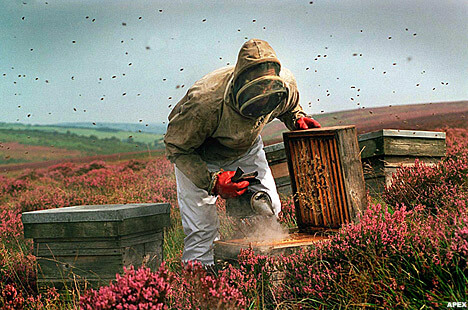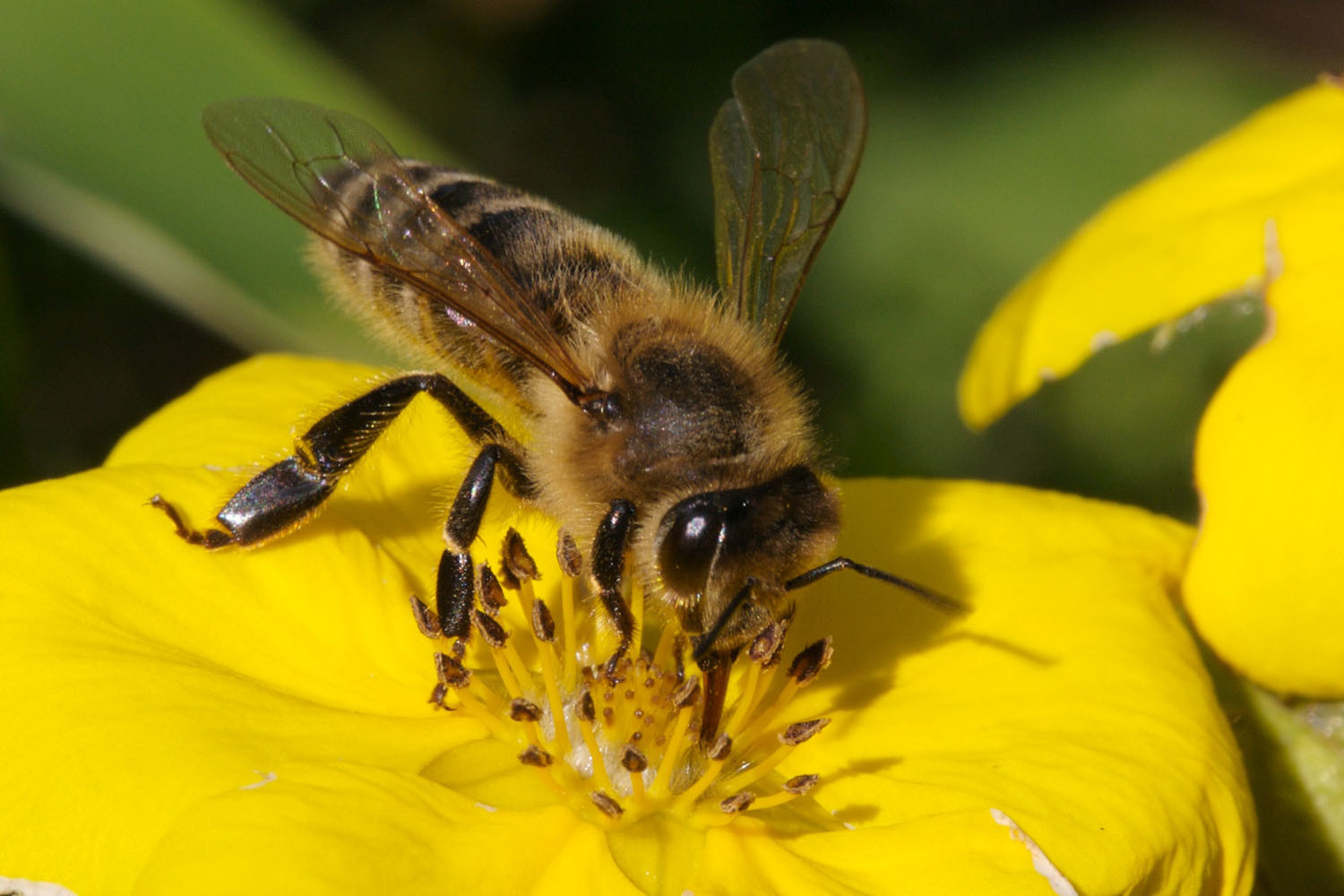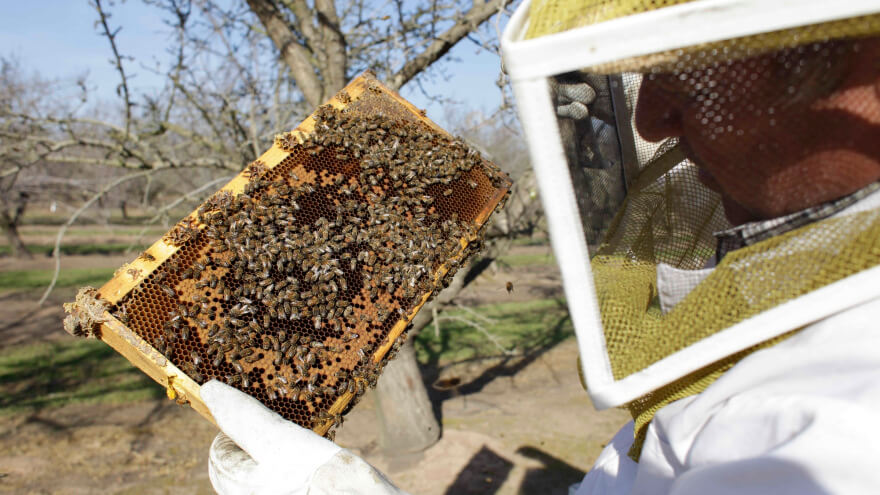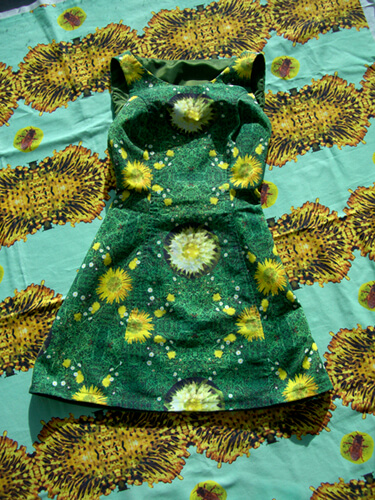Many are already aware that the bee population has been in a steep decline for the past decade. Pesticides and cell phone towers have taken much of the blame for this phenomenon, but is there more to this picture? What can you, by yourself do to help?
Before we get to that however, we need to understand why bees are important. As a child I remember bees as the scary flying things that hurt if you got too close. It’s only now as an adult that I can appreciate the vital part bees play in our ecosystem as a whole and in our everyday personal lives.
So Why are Bees So Important?
They are necessary for efficient pollination of our food. People are actually hired to hand pollinate crops like almonds and tomatoes. The efficiency of this is low and provides fewer and less quality produce. Special vibrators are needed to pollinate tomatoes and other crops because bumble bees, not humans with paint brushes, were designed for this function.
California almond growers actually have to ship in 1.5 million bees (75% of all bees in the US) each year to pollinate the crop, only to ship them back afterwards. There aren’t enough bees in the world to pollinate all of the necessary crops. Source
Bees produce honey (natural sweetener full of nutrition), propolis (powerful antibiotic used in natural health care) and royal jelly (a powerfood used for antiaging and energy).
“If the bee disappeared off the surface of the globe, then man would only have four years of life left.” Albert Einstein
Snopes has not disproved the source of this statement.
- Half of the managed bee hive colonies have disappeared since 1945.
- Every year 30-40% of all bee colonies die.
- At least 6 pesticides are detected in every batch of pollen collected by bees.
“This small insect is holding up a large mirror. How much is it going to take to contaminate humans?” Marla Spivak.
Many believe we already have been.
What’s Causing the Problem?
Cell Phones.
“Colony collapse disorder (CCD) is a phenomenon in which worker bees from a beehive or European honey bee colony abruptly disappear.” Bees at Home.
Although this has happened in certain instances in the past, beginning in 2006 scientists noticed a steep increase in CCD. Some believe that cell phone radiation is a prime contributor.
The radiation from cell phones produces biochemical reactions in the bees, causing disorientation, reduced activity by workers followed by a massive migration from the hive, according to a study published in Toxicology International.
Dr Favre, a former biologist at the Swiss Federal Institute of Technology, conducted a study to determine the effects of cell phone use around bee colonies. Favre found that cell phone signals can trigger swarming.
‘This study shows that the presence of an active mobile phone disturbs bees – and has a dramatic effect.”
The effect of cell phone signals on bees also tells us something about ourselves.
“They (bees) are the best experimental animals to study the effect of electromagnetic waves because they possess in their abdomen magnetic granules which help the bees in their orientation flight.” Kumar, Sangwan, Badotra
What can you do?
Designer Karen Ingham created a prototype of dresses for “The Pollinator Frocks Project.” Microscopic images of pollen were enlarged and placed on dresses to attract bees. The surface was coated with a substance that replicated nectar.
Although intriguing, this is a very complicated way to change bee culture for the better. Here are some simpler solutions.
- Plant flowers that attract bees. Good Housekeeping offers a nice, though not exhaustive list here.
- Plant them around the house, in the yard and in pots on the porch and balcony.
- Don’t get rid of weeds! Bees love clover. Also, the pesticides used to treat weeds are harmful to the earth, insects and humans.
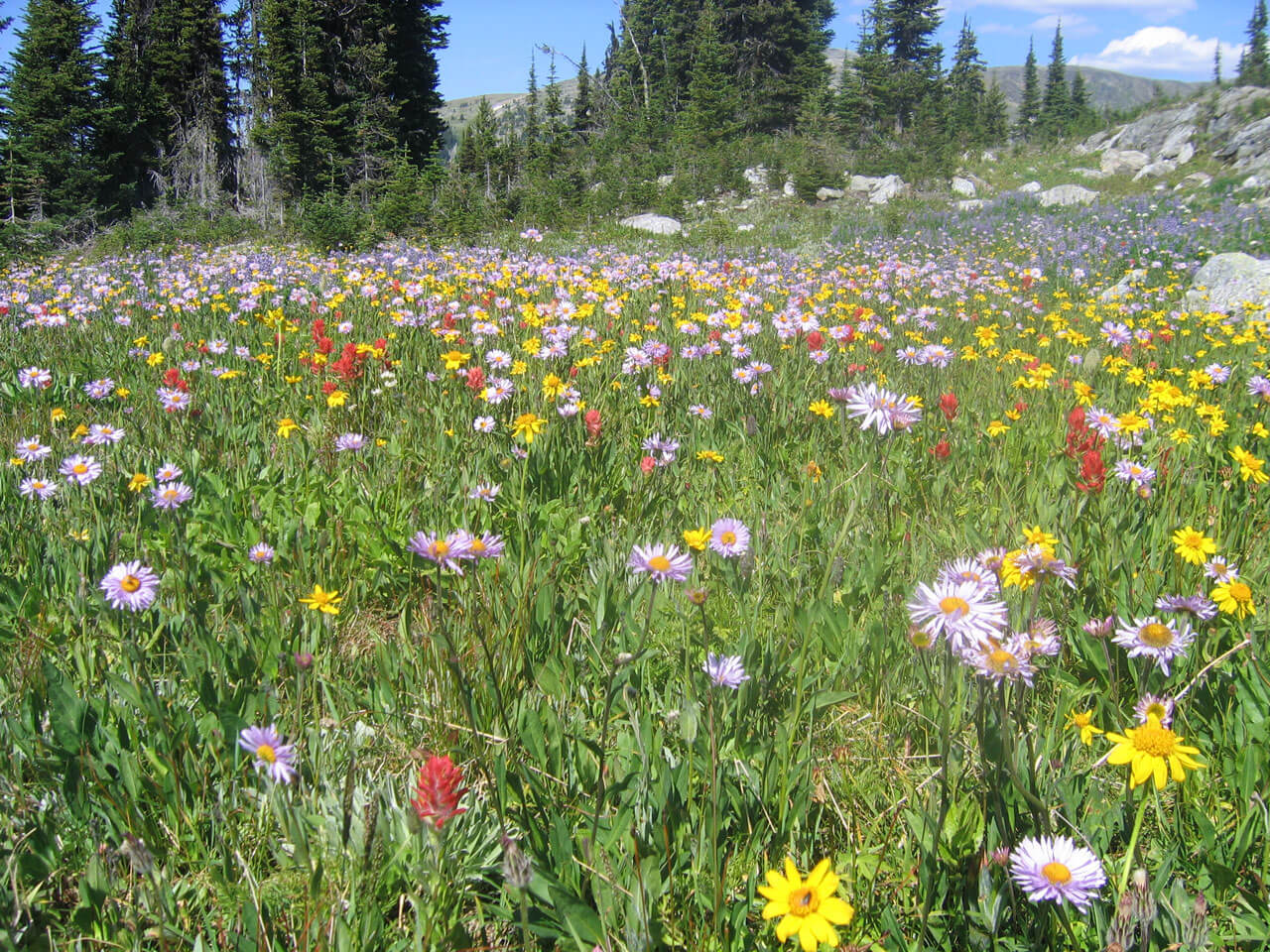
- Let your grass grow a bit longer. This will look charmingly natural and provide clover and other small flowering plants for bees to feed on.
- Again, don’t spray pesticides
- Plant wildflowers on roadsides and by crop fields.
- Limit cell phone use.
